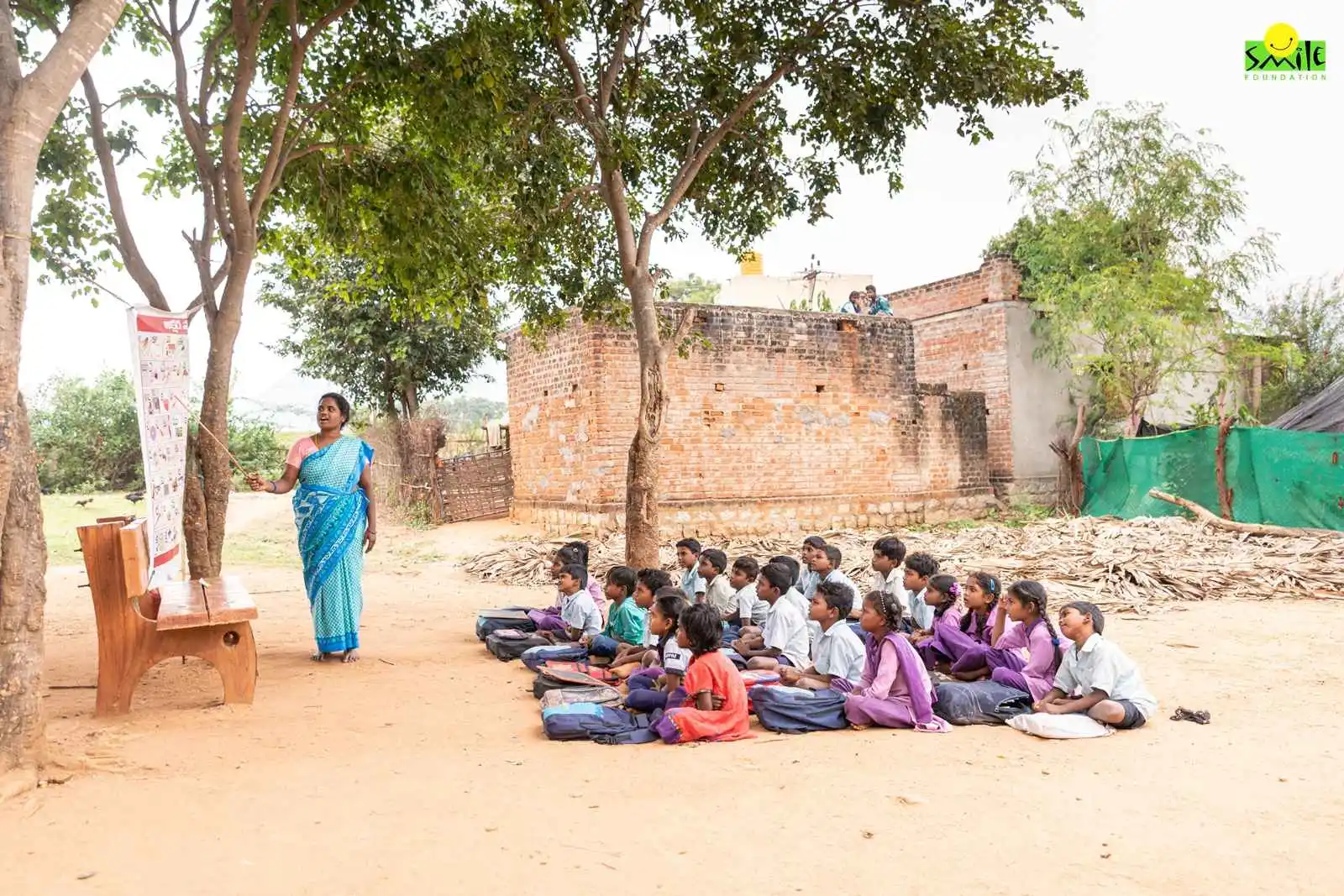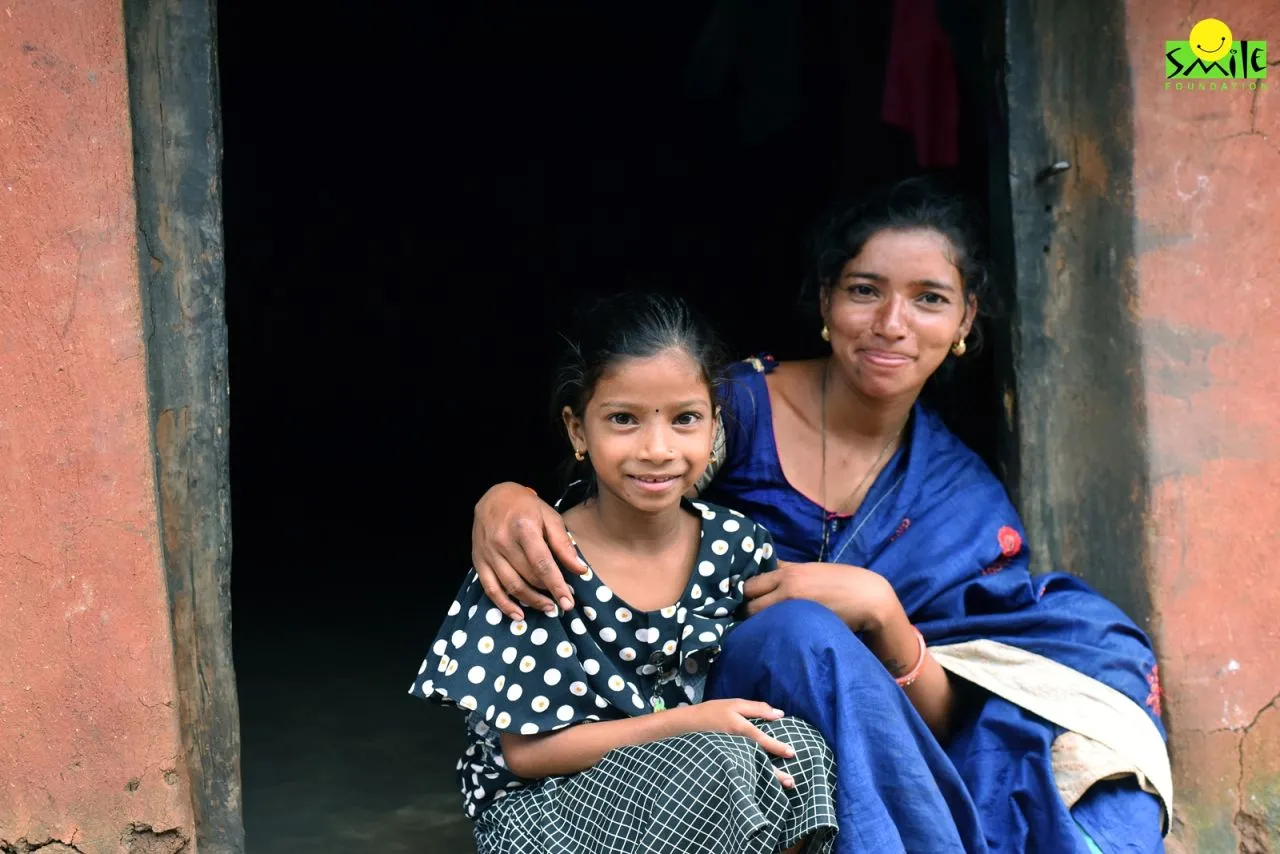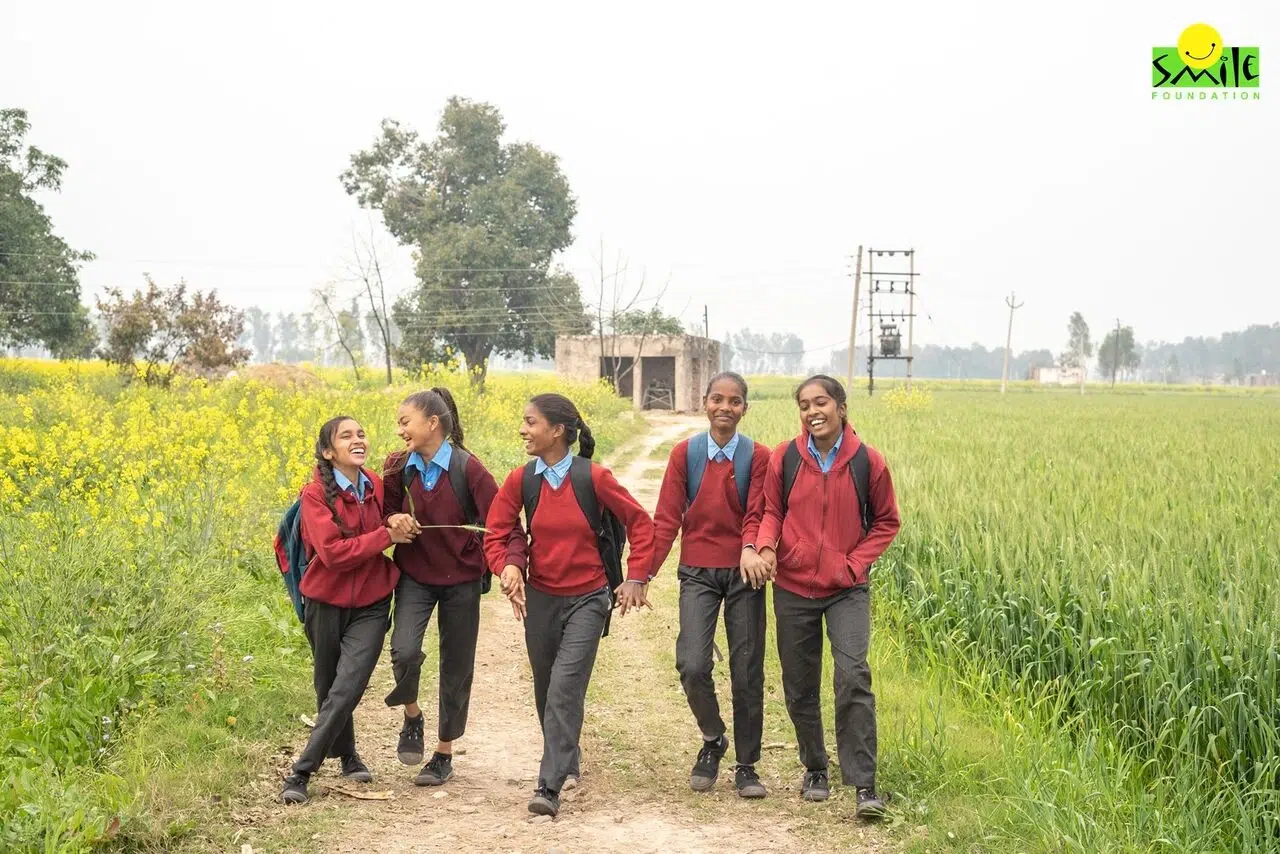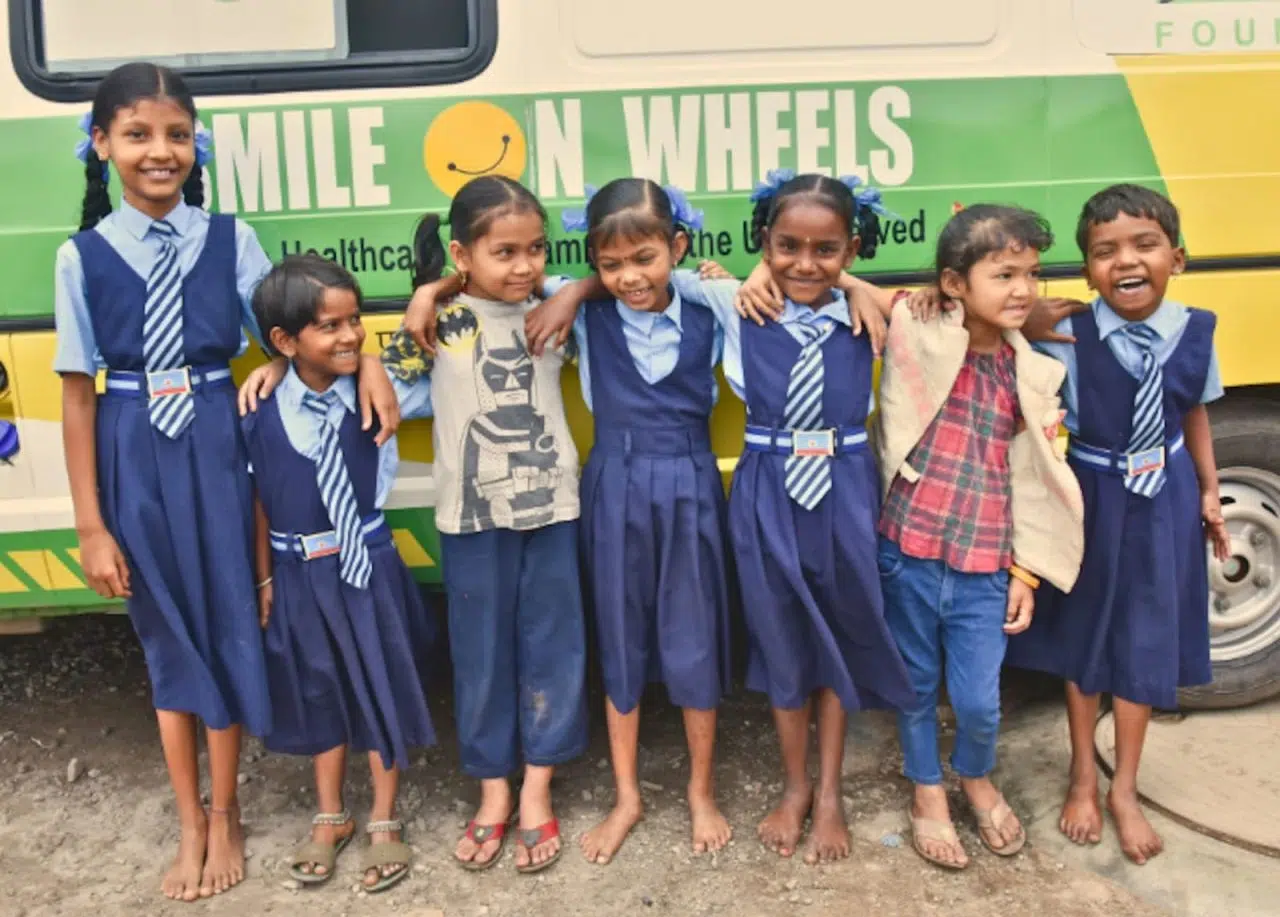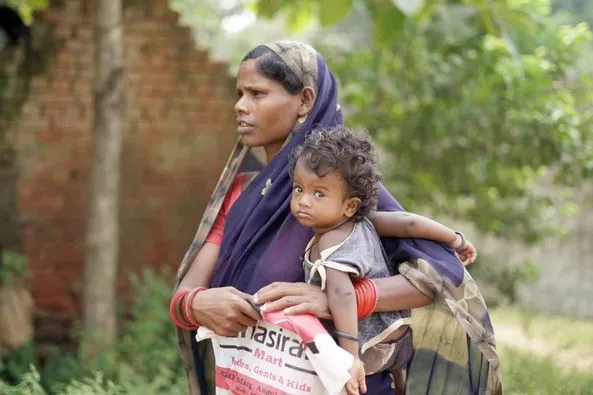While overall suicide numbers increased by 2% annually, student suicides cases surged by 4%, despite a likely “under reporting” of student suicide cases, says a report ‘Student suicides: An epidemic sweeping India’. Based on the National Crime Records Bureau (NCRB) data, the report was launched at the Annual IC3 Conference and Expo 2024, which was held recently. Data compiled by the NCRB was based on police-recorded FIRs.
India’s student suicides surpasses population growth rate
Over the past two decades, student suicides have grown at an annual rate of 4%, double the national average. In 2022, male students constituted 53% of the total student suicides. Between 2021 and 2022, male student suicides decreased by 6% while female student suicides increased by 7%. However, accurate data collection, recording and reporting for transgender students are necessary, as their circumstances are not well represented in the current data.
According to the report, the incidence of student suicides continues to surpass both population growth rates and overall suicide trends. Over the last decade, while the population of 0 to 24-year-olds reduced from 582 million to 581 million, the number of student suicides increased from 6,654 to 13,044.
Maharashtra, Tamil Nadu and Madhya Pradesh top the list
The states with the highest number of student suicides are Maharashtra, Tamil Nadu and Madhya Pradesh. Together, they account for one-third of the national total.
Although the 2017 Mental Healthcare Act decriminalises suicide attempts for individuals with mental illness, the legacy of criminalisation continues to impact reporting practices, said the report.
Factors that contribute to increased risk of suicide
Why are so many students dying by suicide? There are many known factors, says psychiatrist Dr M Suresh Kumar. Top of the list is academic pressure.
Stress on academic excellence
“Children are told within the school system and the family ecosystem that if they don’t do well in exams their whole life is doomed. And that, in an extremely competitive world, the only way to survive is to get high marks,” he says. “Failure is not acceptable.”
Psychologist and counsellor Mini Rao says that parents feel that when they have given their children everything they want, why aren’t they fulfilling parental expectations. “Children face a lot of guilt when they can’t live up to the parents’ expectations,” she says, adding that educational institutions exert pressure on students as they are focussed on ensuring that the pass percentage of the school is high.
There has also been a rise in suicides among students vying for entry into reputed engineering institutes by clearing the Joint Entrance Examination (JEE) or into medical colleges through the National Eligibility-cum-Entrance Test (NEET).
Peer pressure
“Students who don’t do well academically are ridiculed and ostracised by other people. Sometimes, the best students are put in one group, and no one cares about the other students who are struggling,” says Dr Suresh.
Financial pressure
Education is big business, with schools and colleges charging exorbitant fees. “It is expensive to educate a child – you need to pay for school, tuition and coaching classes to crack competitive exams, says Dr Suresh. “Parents see the money they spend as an investment in the child’s future, so there is pressure to perform well.”
Relationship issues
Students dying by suicide is not always related to academics and economics, says Dr Suresh Kumar. “Adolescent children, boys or girls, now give a lot of importance to romantic relationships. And many attempt suicide when a breakup happens.”
Hereditary factors
“Depression is hereditary and, when left untreated, can lead to suicide,” says Dr Mini Rao. “So, if a child is consistently showing lack of concentration, or cries for no reason etc then parents and/or teachers need to be vigilant and see they get help from a mental health professional.”
Dr Suresh says that a small proportion of younger people can have a history of psychiatric disorder. “Conditions such as anxiety and depression are treatable if identified early,” he says.
Substance abuse and addiction to gadgets, internet
Parents are more indulgent now and children have access to mobile phones and the internet early, says Dr Mini Rao. “Recently, a mother reached out to me for help. Her child, a class 6 student, had become addicted to his cell phone. When she grabbed the phone and hid it, he started cutting his wrists and threatened to end his life,” she says.
Dr Suresh says that substance use and internet addiction takes children away from the real world, transporting them to a world of fantasy. “Facing reality becomes difficult, they can’t accept failure,” he says, adding that people with addictions are more prone to attempting suicide.
“It also interferes with sleep, which is important for mental health,” he says, adding that sleep disturbance is a predictor of poor mental health.
How do we address the situation and decrease student suicides?
Having help at hand
Having counsellors at schools and colleges is a start so that children can reach out to them. They can also be trained to spot signs of distress in students.
Building resilience
“Nobody talks about the white elephant in the room. What makes some people more likely to attempt suicide? What makes people vulnerable? We are not rearing children to develop resilience. It’s completely missing in school ecosystems that focus heavily on academics,” says Dr Suresh Kumar. “Children need to develop the ability to cope with adversity.”
Conducting any intervention programme at class 12 is too late, he feels. “If you want to intervene in schools, you have to do it at the forgotten ‘middle age’. People focus on the zero to 12 age group and then the 16-18 age group but between 12 and 15 is a critical time, as that’s when children are trying to learn abstract concepts such as values, character, reward, sexuality, risk taking, knowing right from wrong, etc,” he says. “They need to know the value of gratitude, kindness and hope as a combination of it will help them deal with past, present and future challenges.”
Addressing wellbeing of teachers
Unstable, unhappy teachers can’t provide unconditional support to children, says Dr Suresh Kumar. “The wellbeing of teachers is important as they can then handle children better.”
Creating safe spaces
Safe spaces where students can express their feelings will also help. “In some corporation schools in Chennai, we are identifying some parents, teachers and senior students and equipping them with empathetic listening skills, so that they can help students,” says Dr Suresh.
NGOs to the rescue
Organisations such as ours are also trying to help. Our education interventions are focused on helping children from difficult circumstances to have access to equal opportunities for school completion and equitable learning outcomes.
Our programmes provide an exciting and fun learning environment as it enables children to understand and retain concepts easily. So, our STEM labs have DIY activity kits for activity-based learning and STEM DIY kits.
Teacher training sessions are held to update and upgrade the teaching learning techniques and methodologies in teachers and help classrooms become more interactive, vibrant and fun.




